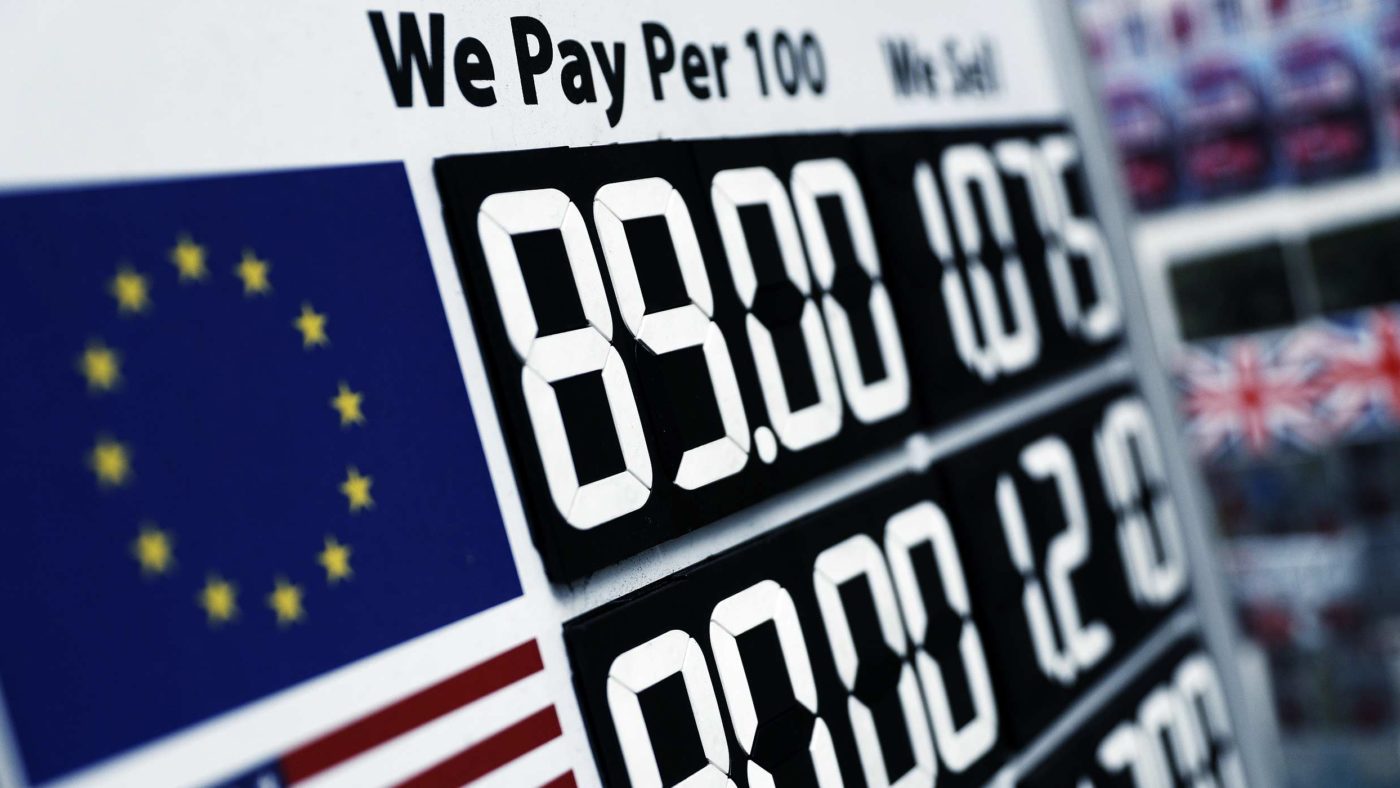Is there a way through the Covid crisis which keeps short-term economic damage to a manageable level, gets the economy through the coming months in a reasonably stable condition and, crucially, paves the way for a swift, strong recovery?
The good news is that all three objectives can be fulfilled, provided the Government makes the right decisions.
Of course, there is no shying away from the depth of the economic problem we face. Office for National Statistics (ONS) figures show that in the second quarter of 2020, UK GDP was just under 15% lower than before the pandemic struck. While corporate income fell by about 12% in the same period, thanks to the Government’s furlough scheme and other support, incomes from both PAYE employment and self-employment together only dropped by 2.5%. GDP fell by nearly 15% – just over £80 billion – between 2020 Q1 and Q2, however, so how did the books balance?
Essentially, what happened was that the furlough scheme provided the substantial part of the working population which had been negatively affected by coronavirus with a subsidy of just under £60 billion, so that household incomes fell by far less than GDP. Government debt, however, soared due to a £60 billion fall in net tax receipts.
Household spending fell by about a quarter – roughly £90 billion – while government spending rose by about 15%. Capital expenditure fell by £20 billion and the trade balance improved by about the same amount.
How did household expenditure manage to fall so steeply? The big changes were a reduction of expenditure of about £30 billion each on transport – much of it in the public sector, although not aviation – and restaurants and hotels, almost entirely in the private sector. These are sectors which have borne the brunt of the lockdown restrictions.
What do these figures tell us about the best way of reacting to the coronavirus? There are several key themes here:
First, it is possible both to keep up personal incomes and to avoid mass bankruptcies among businesses, provided that the state is prepared to finance income and revenues shortages on a big enough scale and to accept the size of the consequent government borrowing requirement.
Because interest rates are so low, and because most of the money used to support incomes and businesses has effectively been created by the Government borrowing from itself via the Bank of England, the impact of increased borrowing on the state’s finances has been relatively small and manageable. Provided that the pandemic is brought under control in 2021 by a combination of vaccines, an effective track-and-trace system, and more effective treatments, the state will not have an unmanageable problem in protecting incomes and most businesses.
It is also worth noting that the economy absorbed a big Covid-induced fall in GDP without becoming overheated, mainly as a result of a very large increase in saving by households. That meant the effect of the Government paying millions of people not to work was not inflationary. It did not lead to excess demand in relation to supply and it seems unlikely that this will be a problem during the next few months while the pandemic lasts. Indeed, the trade balance – an important measure of the economy’s capacity to provide for itself – markedly improved as the pandemic struck home.
We should be under no illusions about the task ahead, however. Covid has left the UK economy in a very weak condition for recovery. Even before the pandemic, the underlying growth rate in the UK economy was barely 1% and investment has since slumped. There are expensive costs ahead in combating and mitigating climate change, huge pressures on health and social care provision, rising pension liabilities, and an urgent need to invest more in education, especially vocational training. Other things being equal, the more slowly the economy grows, the more substantial government borrowing will remain relative to GDP.
And if inflation stays low, the only realistic way to bring down government borrowing in relation to GDP is to get the economy to grow faster while, at the same time, not accumulating more government debt by running a big budget deficit.
As the figures in Table 4 here shows, the Government’s deficit is largely the mirror image of our balance of payments deficit, and it will not be possible to eliminate – or even substantially to reduce – the one without tackling the other. This underlines the Institute for Prosperity’s case for using a much lower exchange rate to trigger an investment, manufacturing and export-led recovery with an exchange rate about 20% lower than we have now – roughly £1.00 = $1.00 – generating a 2% cumulative increase in the UK’s underlying growth rate. This would enable UK GDP to recover its 2019 level by about 2022 and for the economy to be some 20% larger by 2030 than it would be with current policies in place.
Given the scale of the challenges we face, it is surely worth the Government investigating this approach, rather than leaving the UK economy to slide further into stagnation and debt.
Click here to subscribe to our daily briefing – the best pieces from CapX and across the web.
CapX depends on the generosity of its readers. If you value what we do, please consider making a donation.


